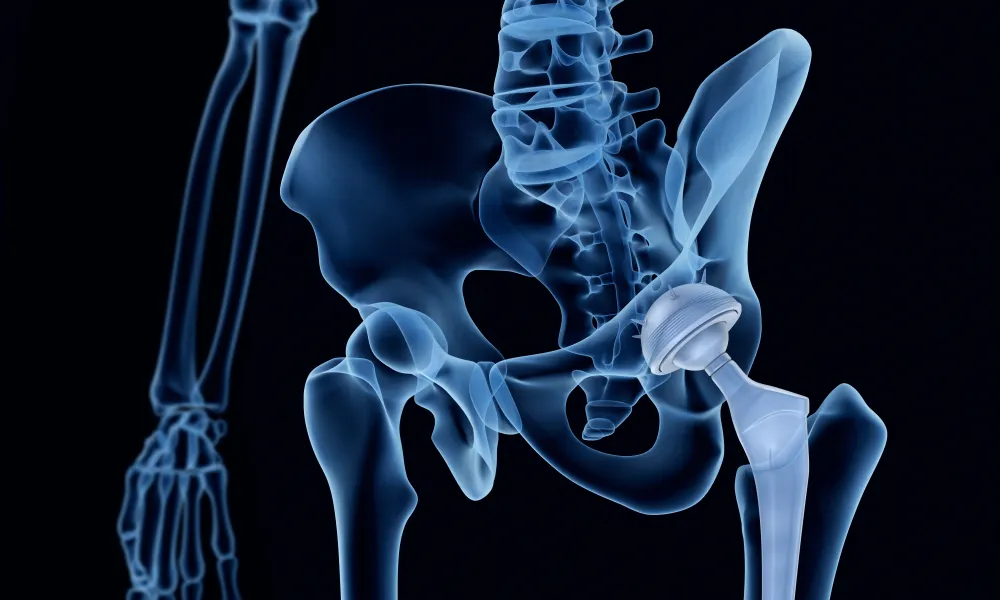The most commonly used Acetabular Component (cup) over the last 2 decades has been the Pinnacle cup, manufactured by DePuy Synthes (a Johnson & Johnson company). It has been implanted in over 3.4 million patients since its introduction in 2000.
I had the honor of being one of 8 designing surgeons who, along with several engineers from DePuy Synthes, designed this implant. I implanted the first Pinnacle cup in the world on July 17, 2000, at Valley Medical Center in Renton, WA. Since then, it has been used worldwide with a revision rate lower than the combined results of all others cups in the National Joint Registry of England and Wales (NJR).
Looking at almost 200,000 patients with 10 years of follow-up in the NJR, the cumulative revision rate for the Pinnacle cup was 1.6%. The NJR is the most widely quoted registry for tracking clinical outcomes worldwide.
Success of a cup or stem in total hip replacement is multifactorial, including implant design, surgical technique and patient factors. The most successful components are ones that can be used by a variety of surgeons with variable skills and still deliver good results.
The Pinnacle cup allows surgeons to choose a cross-linked polyethylene liner or a ceramic liner. In 2021 a dual mobility option will be available to assist surgeons improving stability of hip replacement in both primary and revision hip replacement.
It is so gratifying to be associated with an implant that has provided relief of pain and improved function for patients suffering with arthritis of the hip. For more info on the Pinnacle cup you can visit the DePuy website.

